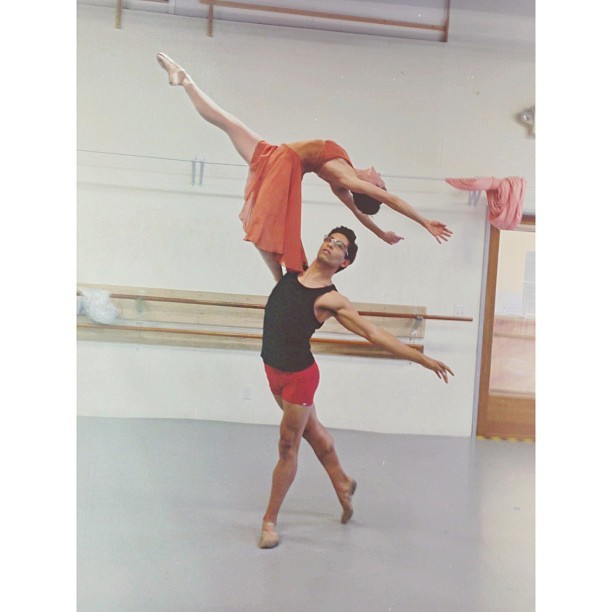Amazing Dance Pictures Definition
Source(Google.com.pk)Dance is a type of art that generally involves movement of the body, often rhythmic and to music. It is performed in many cultures as a form of emotional expression, social interaction, or exercise, in a spiritual or performance setting, and is sometimes used to express ideas or tell a story. Dance may also be regarded as a form of nonverbal communication between humans or other animals, as in bee dances and behaviour patterns such as a mating dances.
Definitions of what constitutes dance can depend on social and cultural norms and aesthetic, artistic and moral sensibilities. Definitions may range from functional movement (such as folk dance) to virtuoso techniques such as ballet. Martial arts kata are often compared to dances, and sports such as gymnastics, figure skating and synchronized swimming are generally thought to incorporate dance. In some cases, the motion of ordinarily inanimate objects may be described as dance (the leaves danced in the wind).
There are many styles and genres of dance. African dance is interpretative. Ballet, ballroom and tango are classical dance styles. Square dance and electric slide are forms of step dance, and breakdancing is a type of street dance. Dance can be participatory, social, or performed for an audience. It can also be ceremonial, competitive or erotic. Dance movements may be without significance in themselves, as in ballet or European folk dance, or have a gestural vocabulary or symbolic meaning as in some Asian dances.
Choreography is the art of creating dances. The person who creates (i.e., choreographs) a dance is known as the choreographer.
Origins and history
Dance does not leave behind clearly identifiable physical artifacts such as stone tools, hunting implements or cave paintings. It is not possible to say when dance became part of human culture.
Joseph Jordania recently suggested that dance, together with rhythmic music and body painting, was designed by the forces of natural selection at the early stage of hominid evolution as a potent tool to put groups of human ancestors in a battle trance, a specific altered state of consciousness. In this state hominids were losing their individual identity and were acquiring collective identity.[1] Jonathan Pieslak's research shows that some contemporary military units use loud group singing and dancing in order to prepare themselves for the dangerous combat missions.[2] According to Jordania, this trance-inducing ability of dance comes from human evolutionary past and includes as well a phenomenon of military drill[3] which is also based on shared rhythmic and monotonous group activity.
Dance has been an important part of ceremony, rituals, celebrations and entertainment since before the birth of the earliest human civilizations. Archeology delivers traces of dance from prehistoric times such as the 9,000 year old Rock Shelters of Bhimbetka paintings in India and Egyptian tomb paintings depicting dancing figures from c. 3300 BC.
One of the earliest structured uses of dances may have been in the performance and in the telling of myths. It was also sometimes used to show feelings for one of the opposite gender. It is also linked to the origin of "love making." Before the production of written languages, dance was one of the methods of passing these stories down from generation to generation.[4]
Another early use of dance may have been as a precursor to ecstatic trance states in healing rituals. Dance is still used for this purpose by many cultures from the Brazilian rainforest to the Kalahari Desert.[5]
Many contemporary dance forms can be traced back to historical, traditional, ceremonial, and ethnic dance. For example, some Sri Lankan dances are related to aboriginal, mythical devils known as "yakkas", and according to local legend, Kandyan dance began as a ritual that broke the magic spell on a bewitched king.
Dance studies and techniques
In the early 1920s, dance studies (dance practice, critical theory, Musical analysis and history) began to be considered as an academic discipline. Today these studies are an integral part of many universities' arts and humanities programs. By the late 20th century the recognition of practical knowledge as equal to academic knowledge led to the emergence of practice research and practice as research. A large range of dance courses are available including:
Professional practice: performance and technical skills
Practice research: choreography and performance
Ethnochoreology, encompassing the dance-related aspects of: anthropology, cultural studies, gender studies, area studies, postcolonial theory, ethnography, etc.
Dance therapy, or dance-movement therapy
Dance and technology: new media and performance technologies
Laban Movement Analysis and somatic studies
Academic degrees are available from BA (Hons) to PhD and other postdoctoral fellowships, with some dance scholars taking up their studies as mature students after a professional dance career.
Amazing Dance Pictures

Amazing Dance Pictures
.jpg)
Amazing Dance Pictures
.jpg)
Amazing Dance Pictures
.jpg)
Amazing Dance Pictures

Amazing Dance Pictures
.jpg)
Amazing Dance Pictures

Amazing Dance Pictures
.jpg)
Amazing Dance Pictures
.jpg)
Amazing Dance Pictures
.jpg)
Amazing Dance Pictures

Amazing Dance Pictures
.jpg)
Amazing Dance Pictures
.jpg)
Amazing Dance Pictures
.jpg)
No comments:
Post a Comment